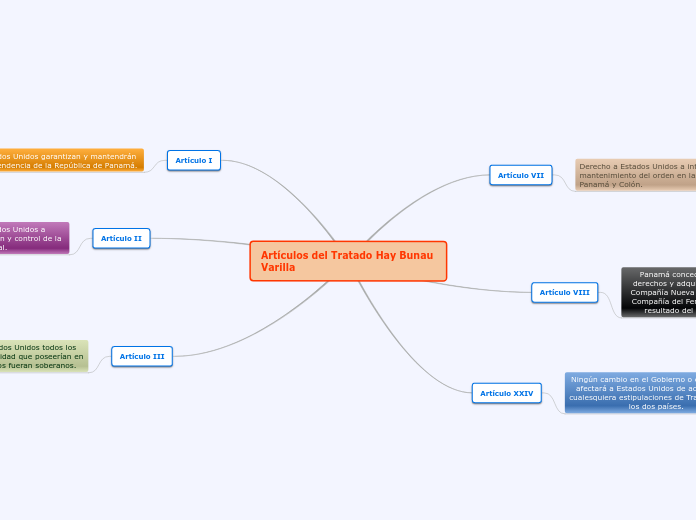Encima
Rogers
igualdad
Individuo
Profesional
Teorías
Enfoque centrado en la persona
Analisis Transaccional
Gestral
Modelo Humanista Existencial
Global warming is the ongoing rise of the average temperature of the Earth's climate system which has various negative effects.
Psicoanalistas
Overpopulation creates an increased demand for energy as well as having negative effects on our environment and ecosystems.
Maslow
Carl Rogers
Overfishing is the removal of a species of fish from a body of water at a rate that the species cannot replenish, resulting in those species becoming underpopulated in that area.
This will lead to a Marine Ecosystem imbalance with time.
Eric Berne
Water is essential for agricultural production and food security. It is the lifeblood of ecosystems, including forests, lakes, and wetlands.
Overpopulation affects our water and this has negative outcomes.
Over-cultivation is the practice of excessive farming on a piece of land to the point of degradation of the soil as well as the land itself.
Repercusión en TS
Climate change is likely to both increase electricity demand for cooling in the summer and decrease electricity, natural gas, heating oil, and wood demand for heating in the winter.
Desarrollo del ser humano
Posibilidades de cambio
Conflictos existenciales
Sustrato de cualquier intervención
How will climate change affect the production of clean energy?
e.g.: solar, wind, water
Aplicable
New infrastructure investments may be necessary to meet increased energy demand.
e.g.: nuclear power plants
Terapia de Gestalt
Healthy ecosystems and rich biodiversity are fundamental to life on our planet.
Even small changes in average temperatures can have a significant effect upon ecosystems.
Tecnicas de intervención
Enfrenar y aceptar situaciones
Claridad
Orientacion
Habilidad para comunicar
Objetivos
Fomentar
Actitud
Activa
Integracion
Desarrollo
Autoresponsabilidad
Apoyo al autoapoyo
Fritz Perls
The inter-connected nature of ecosystems means that the loss of species can have knock-on effects upon a range of ecosystem functions.
e.g. bees go extinct
Problema del presente
buscar pasado
Influencias del psicoanalisis
Potencial humano
Terapia humanista
Existencialismo
hombre
La angustia, la nausea, la
vergüenza
Posibilidad y elección
Existir es estar en el mundo
La fenomenología como método
Las cosas no existen, sino “son”
Enfoques del modelo
Climate change is supported by scientific evidence.
TECNICAS DEL MODELO
Write down the consequences caused by the melting of the ice-caps and how it will affect our lives and the environment in the future.
e.g.: decreasing of polar bear habitat
Reflejo del sentimiento
Clarificacion verbal
Insight
Tecnicas catarticas
Actitud amistosa
Definicion
conducta
verbal
Cualidades de la función terapeuta
Write down the consequences caused by this issue and how it will affect our lives and the environment in the future.
e.g.: flooding, rainfall increase
Simpatia, intucion en el diagnostico
Concepción positiva
Empatica
Autenticidad
Madurez emocional
Comprensión de si mismo
El Modelo
centrado en
el cliente
Write down the consequences caused by this issue and how it will affect our lives and the environment in the future.
e.g.: decreasing of land surface
Proceso terapéutico, fases de intervención:
Según Gondra (1918)
Septima Etapa:
final
Nueva dimensión.
Sexta Etapa:
Conclusion
Cambio
Experimento
Quinta Etapa:
Fomenta
Autodeterminacion
Crecimiento
Cuarta etapa:
Procesamiento vivencial
Recibido
aceptado
Comprendido
Tercer etapa:
Implicacion en objetivos
Colaboracion en tareas
Segunda etapa:
Experiencia
Vinculo terapeutico
Primera Etapa:
Consecución
Empatia
Armonia
La intervención trabajador Social (terapéutica) – cliente.
Intervencion
Metáfora del eco
Comunicación efectiva
Experiencias
Terapeuta
Emociones
Manejables
No patológicas
Cliente
Subtopic
CLIENTE
Responsable
Voluntaria
participación activa









